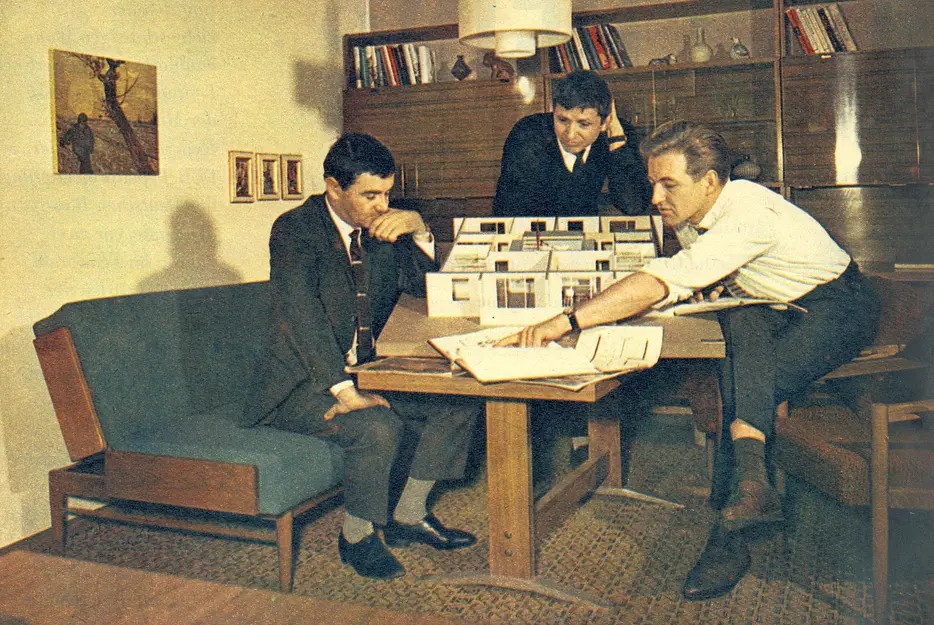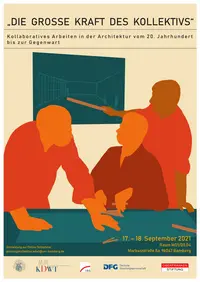
After WWII, a planned economy, which had numerous consequences for preexisting occupational profiles and forms of labor organization, was established in the Soviet occupation zone and later in the German Democratic Republic (GDR). For instance, private architectural offices were widely disestablished. Instead, architect collectives now handled the process of planning and designing buildings. The transformation of the system had far-reaching consequences for labor processes and the self-understanding of planners in the GDR, and the nationalization, on the other hand, also influenced the production of architecture and its subsequent evaluation. The project, which is funded by the German Research Foundation (DFG), investigates this broad thematic complex in cooperation with the Leibniz Institute for Research on Society and Space. It is the project’s objective to contribute to the history of the collectivization in the GDR as well as to scrutinize the dynamics of collective creative processes in regard to the created objects and consequences until now. The analysis of the complex labor processes is supposed to lead to a re-evaluation of the architectural production within architect collectives in the GDR.
The Subproject of Bamberg: Creative Processes
The subproject assigned to the University of Bamberg examines creative processes and questions on the forms of authorship in the architect collectives. Thereby, the research team in Bamberg develops a presentational format that understands the architect collectives as creative groups that design architecture. In contrast to this, the traditional narratives of art history often focus on individual personalities and their characteristic oeuvre. Accordingly, the project contributes to new perspectives on the consequences of collective creation of architecture in the GDR, and at the same time, it builds on broader research contexts to reflect on the concepts of authorship and creativity.
Conferences

„The Great Strength of the Collective!" Collaborative Working in Architecture from the 20th Century to the Present, Universität Bamberg, 17 and 18.September 2021.
Presentations
- Sophie Stackmann: The artist is present? - Creativity and authorship in the perception of architects collectives of the GDR.
- Stefanie Brünenberg: Einer für alles und alle für das Bauwerk? Netzwerke der Architektenkollektive in der DDR.
Publications
Books
Brünenberg, Stefanie/Engler, Harald/Fordtran, Dirk/Herold, Stephanie/Stackmann, Sophie/Wilks, Scarlett: Das Kollektiv. Formen und Vorstellungen gemeinschaftlicher Architekturproduktion in der DDR, Berlin 2022 (in print).
Engler, Harald/Herold, Stephanie/Wilks Scarlett (Ed.): Kollektiv und Kollaborativ. Positionen gemeinschaftlichen Arbeitens in der Architektur und Planung vom 20. Jahrhundert bis zu Gegenwart, Bamberg 2022 (in print).
Articles
Herold, Stephanie: Architecture and the Collective: Structures and Processes of Architectural Work in the GDR, Architectural History 65 (2022), in print.
Herold, Stephanie / Stackmann, Sophie: Gemeinsam Räume schaffen. Facetten kollektiven Arbeitens in Architektur und Planung (zusammen mit Stephanie Herold), in: Journal of Literary Theory, Issue 1, 2022, S. 150–173.
